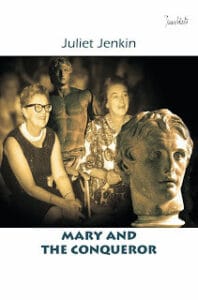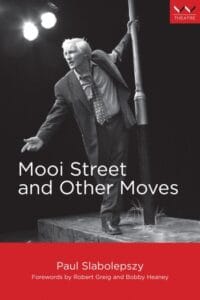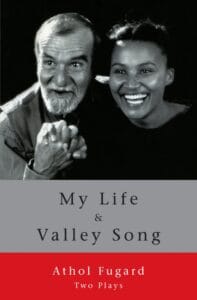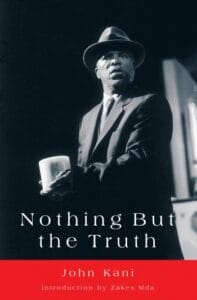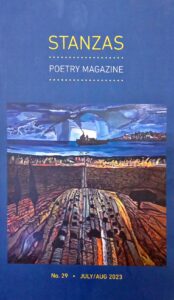Showing 17–32 of 67 results
-

An imaginary encounter between historical novelist Mary Renault and her hero Alexander the Great, each of them with the same sex life partner , Julie Mullard and Hephais-tion. Renault and Mullard lived in seaside suburb of Camps Bay in Cape Town.
-

R275This collection of six plays by South Africa’s leading playwright and actor features works written between 1984 and 1993. The works included are Under the Oaks, Over the Hill, Boo to the Moon, Smallholding, Mooi Street Moves (Vita Playwright of the Year) and The Return of Elvis du Pisanie (winner of the 1992/93 IGI Life Vita Award).
-
 Out of stock
Out of stock
R120My Life is based on the diaries of five South African girls who were growing into womanhood in 1994. The perspective of each young woman on her country and her people is conveyed with a mixture of naivety, exuberance, warmth and humour. A small Karoo town provides the setting for Valley Song, which explores the theme of youth in search of itself, and provides a lyrical metaphor for the new South Africa in which it was set, and has been termed one of Fugard’s most endearing plays.
-

“‘Newfoundland’ contains all the elements and facets which originated in the amphitheatre of the classic Greeks such as ritual, confrontations and the exertions of fate, yet allowing the human being freedom of choice.
-

R120Nothing but the Truth is a story of two brothers, of sibling rivalry, of exile, of memory and reconciliation, of the perplexities of freedom
-

R120From the unusual opening poem (conflating birth with a car crash) to its close (an abandoned suitcase representing an entire lifetime), this book weaves its stories backwards and forwards through time and place
-

R170Lyrical, lilting and lachrymose, Stephen Symons’ debut collection of poems fearlessly voyages through the vast and unknowable depths of ocean and adulthood. In sparse, yet gorgeously flowing verse, Symons gives in to the currents of love, war, nostalgia and fatherhood, bringing a new sensitivity to South African poetry; creating a collection infused with an all encompassing awe for the majesty and mystery of the natural world, and humanity’s every changing place in it.
-

R230A white woman brings up the born free black girl in Cape Town suburbia– in the process alienating her from the rest of her township
family.
-

R100These poems cover many different states of mind and situations and are deeply rooted in South Africa but also travel to other continents.
-

R400This book provides actors, directors, teachers and students with a clear, practical guide to applying the work of influential theatre practitioner Jacques Lecoq to the process of rehearsing or workshopping the Shakespeare text.
-

R150Somewhere on the Border was written in exile and was intercepted in the post and banned by the apartheid censors. This one-act version of the play brings the South African Border War back into public discourse and pierces through the armour of silence, secrecy and shame that still surrounds it.
-

R250Sophiatown was the ‘Chicago of South Africa’, a vibrant community that produced not only gangsters and shebeen queens but leading journalists, writers, musicians and politicians, and gave urban African culture its rhythm and style. This play, based on the life history of Sophiatown, opened at the Market Theatre in Johannesburg in February 1986 to great acclaim. The play won the AA Life Vita Award for Playwright of the Year 1985/86. This new edition of the play includes an introduction which sets the work in its historical context.
-

R130An open space where poetry matters. Stanzas is a quarterly for new poetry to suit all moods. It provides a platform for established and emerging poets to share their most recent work and affirm poetry’s important place in our lives. “The sound must seem an echo of the sense.”
-

R130Stanzas publishes new and translated poems in English, and reviews of new collections published in South Africa. It provides a platform for both established and emerging poets to share their recent work and so affirm the place in our lives.
-

R130“…think of the caterpillar as the poet, and think of the chrysalis as the book, and think of the butterfly as what happens when the reader can act with the poem.” – Margaret Atwood
-

R120“For him [Milan Kundera], the novel was the highest form of aesthetic endeavor, a kind of anti-scripture representing the sensibility of the individual, containing “an outlook, a wisdom, a position… that would rule out identification with any politics, any religion, any ideology, any moral doctrine, any group.” – David Samuels

